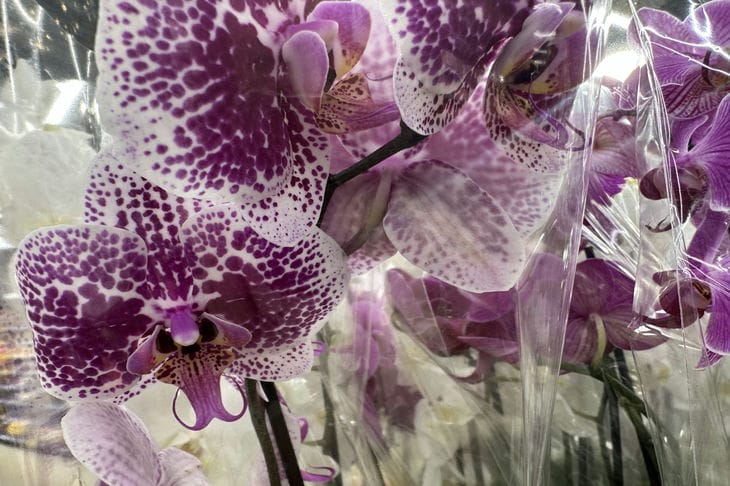Is it possible to revive a completely dried orchid: tips for saving the flower
A wilted orchid causes disappointment among gardeners.
However, even in the most difficult situation, you can try to save your favorite flower.
It is important to understand the reasons for his condition and choose the right resuscitation methods.
Why does an orchid dry up: the main reasons
Orchid drying is associated with violation of maintenance or care conditions. One of the common reasons is insufficient watering.
The orchid root system is adapted to a tropical climate, where air humidity is maintained at a high level. A prolonged lack of water can lead to drying out of the roots.

Another problem is dry indoor air. In winter, when heaters are on, humidity drops, which has a negative effect on the condition of the leaves and roots. The flower may also suffer from a lack of light, especially in the autumn-winter period, when the day becomes shorter.
Diseases cannot be ruled out either. Fungal or bacterial infections attacking a weakened plant accelerate the drying process.
How to understand that the plant can still be saved
Before resuscitation, it is important to assess the condition of the roots and stem. Even if the leaves are completely dry, the roots may remain alive.
Healthy roots are green or silvery in color and have a firm structure. If they are discolored, hollow, or black, the restoration process will be more difficult.
To check, you can carefully wet the root system. Live roots become brighter when in contact with water, while damaged ones remain dark.
Resuscitation of a dried orchid: effective methods
The first step in the process of saving the plant is to remove dry and damaged parts. Secateurs are used to cut off all areas that cannot be restored.
The cuts are treated with an antiseptic or crushed activated carbon to prevent the development of infections.
Soaking the root system is one of the main methods. A growth stimulator is added to warm water, for example, succinic acid or a special preparation for orchids. The plant is left in such a solution for several hours to saturate the roots with moisture.
After soaking, the orchid is transplanted into a fresh substrate. The pot should be transparent, and the soil should be light, with good air permeability. For this, a mixture of pine bark, sphagnum moss and coal is used.
Creating optimal conditions for recovery
For successful resuscitation, it is necessary to provide the right microclimate. The plant is placed in a bright place, avoiding direct sunlight. The temperature should be within 20-25 degrees.
Humidity plays a key role. Using a humidifier or regularly misting the air around the pot helps create comfortable conditions.
Watering is done carefully. Until new roots appear, it is recommended to moisten only the substrate, avoiding water getting into the growth point.
Preventing future drying out
To avoid such situations, it is important to follow basic care rules. Regular watering, proper lighting and maintaining high humidity will help keep the orchid healthy. At the first signs of drying out, you should react immediately to prevent the death of the plant.
The orchid is able to recover even in the most difficult conditions if you give it enough attention and create a suitable microclimate.
For reference
Orchidaceae, or Orchis, also Orchids , is the largest family of monocotyledonous plants. More than 10% of the family members are characterized by CAM photosynthesis.
